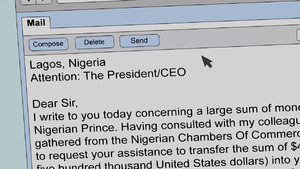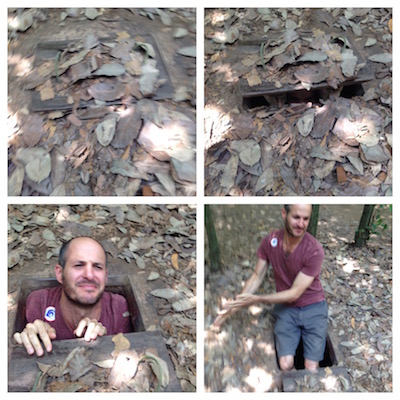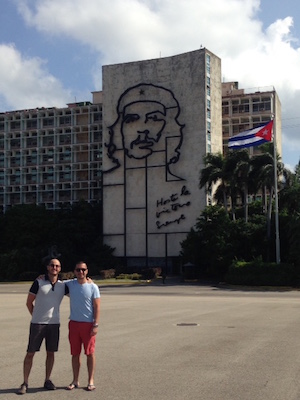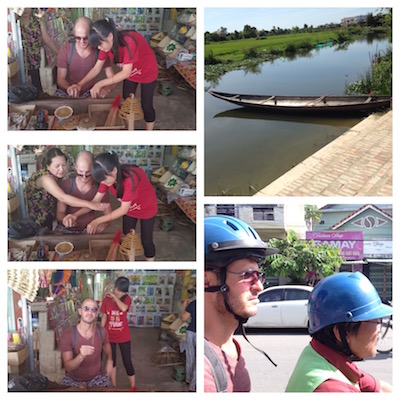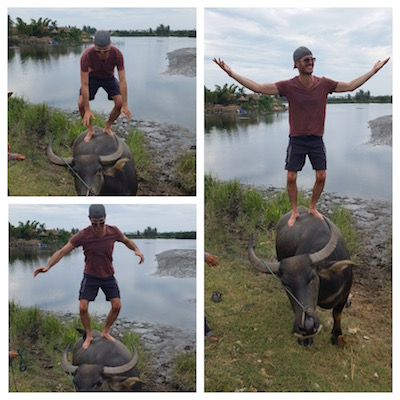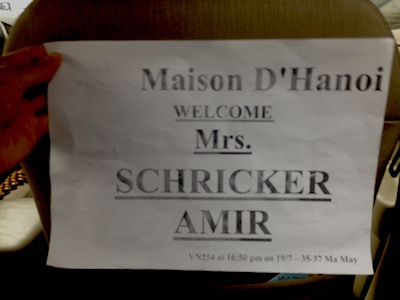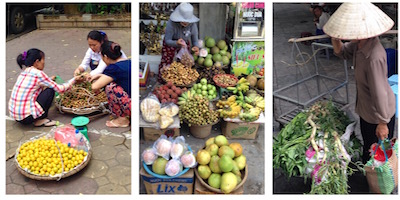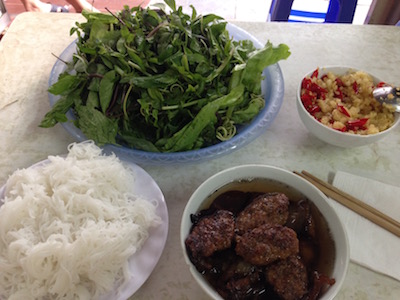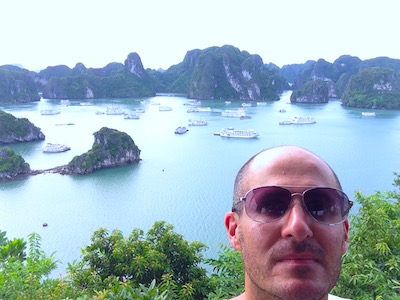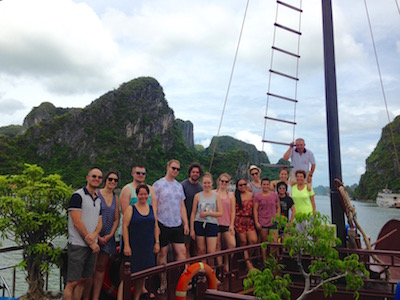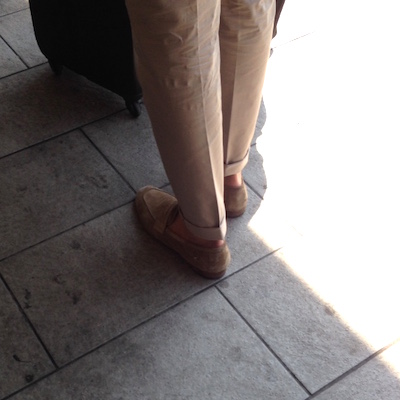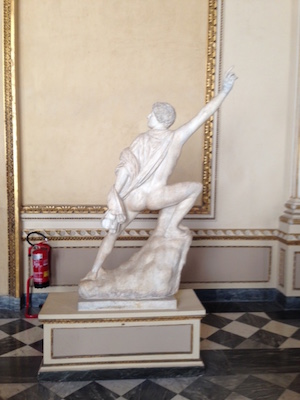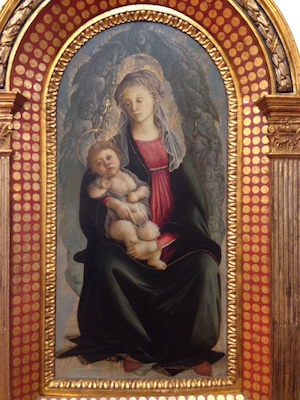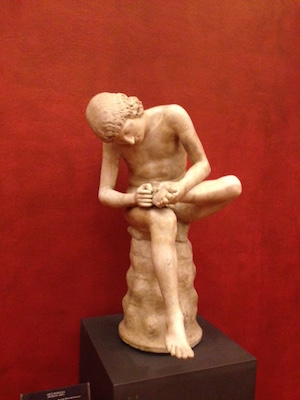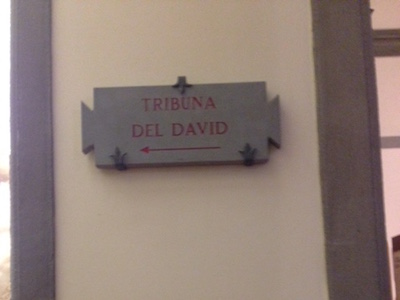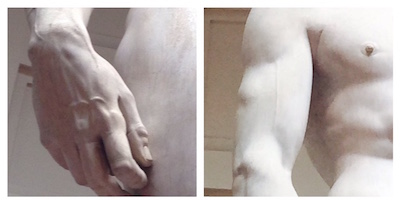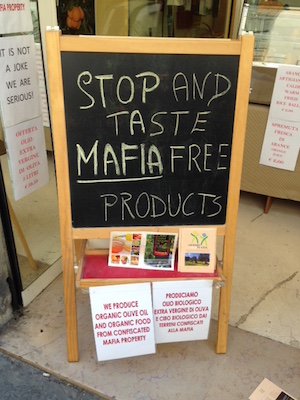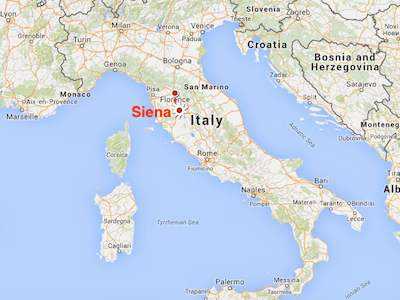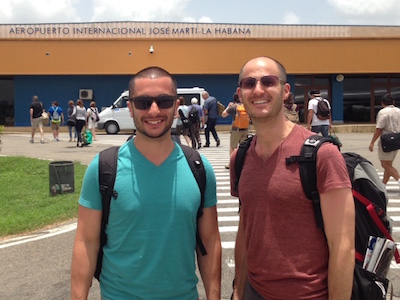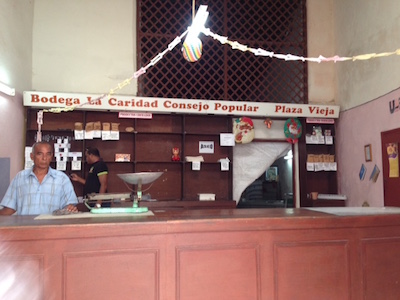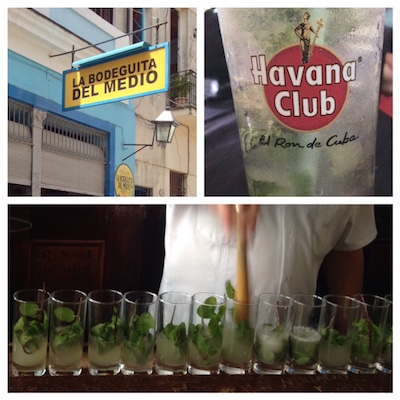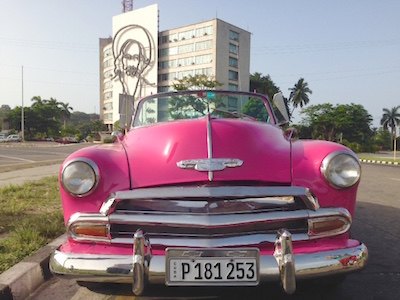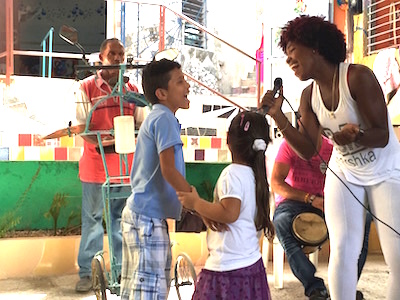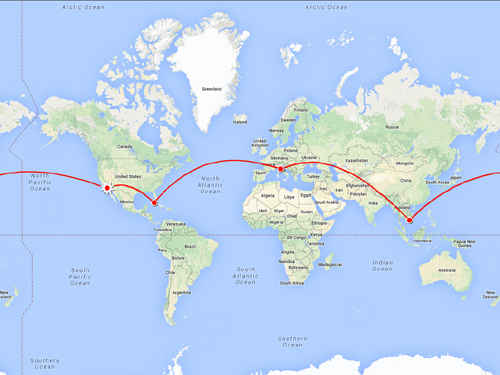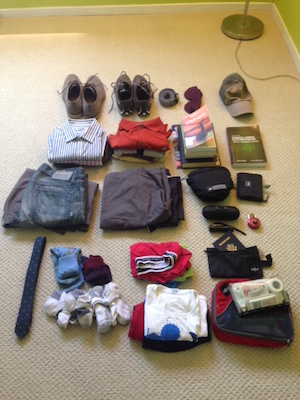Hello from Lagos!
Lagos is not only the largest city in Nigeria but all of Africa. I am here to participate in the Nigerian Cardiovascular Symposium, which involves implanting pacemakers for the first two days, followed by participating in the conference for the next two.
Vaccination and Corruption
Upon setting foot onto the airport in Lagos, I was greeted by a large sign announcing the country’s efforts to eliminate corruption. It stated “If you see it, text it!” meaning to text the government with details of the incident. Little did I know that soon I’d have a good one for them.
The first line I stood in didn’t make sense. There were no signs for passport control, customs, or security. As I approached the front I noticed all the Nigerian citizens were quickly passed through but foreign visitors like me had to stay behind at a podium. Apparently it was a line to confirm yellow fever vaccination. Since multiple sources informed me beforehand that this was not required for entry into the country, I did not get the vaccine.
I told this to the woman, who then gave me a sarcastic response and had me stand there as she kept waving others through. Only once everyone from our flight had passed, she closed all the doors to this hallway, shutting us in, and then told me “What can you do for me?” Excuse me? So she repeated, “How much can you spare?”
Ah hell no. I told her “I’m not paying anything” and there we stood, silent, in a deadlock for 15 minutes. She kept pretending to read her book while I kept staring into space. During this time I started looking through my yellow vaccination card and noticed an amusing surprise – I actually had been vaccinated for yellow fever back in 2013! I eagerly showed this to her and she turned it down, the excuse now that its stamp wasn’t in the right section of the card. These people are ridiculous.
At this point I lost it and demanded to see my friend I was traveling with. We were reunited and he laid into her in their native tongue, saying how we were there to teach the locals and perform medical procedures. She finally conceded and let us pass, noticeably ashamed for what she did. What an introduction to the country.
Had I remembered that phone number for the government, I would have sent them a very strongly worded text.
Pacemakers for All
Perhaps not all, but for four.
The healthcare system in Nigeria is in near shambles. A few select hospitals have acceptable facilities, but the vast majority has close to no resources. There are limited medications in their pharmacies, and anything more hi-tech like ECGs or echocardiograms are a luxury; cath labs are a rarity, and electrophysiology procedures are essentially non-existent. The only time a pacemaker is implanted is when a cardiac surgeon makes himself available once a month or so.
Thanks to generous donations from Biotronik, as well as Medtronic, we had the pleasure of implanting several pacemakers and defibrillators in patients here. We loaded many huge duffel bags full of devices and equipment in the van and headed to the hospital an hour away.

The local cardiologists had a surprisingly difficult time finding patients who needed such devices – if patients felt well they didn’t think they required treatment for anything. Even if a patient had complete heart block but didn’t die from it, they’d be convinced they must be healthy.
With four patients and four EP’s, we each performed one case. The lab was surprisingly modern, although many supplies such as scrub soap, sutures, and even surgical drapes were still limited.
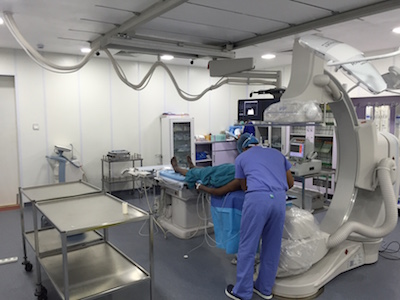
My patient was a middle-aged man who was overjoyed to be getting his device and very grateful that I would be implanting it … I was quite honored especially considering we had never met and I clearly looked like a foreigner.
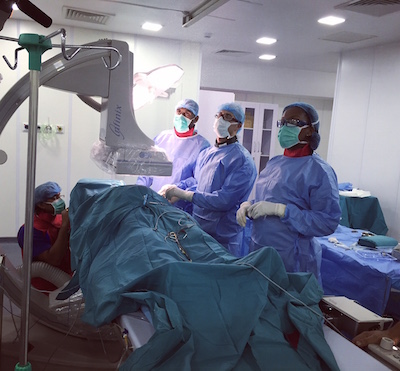
The implant went smoothly and safely, and he remained very happy. Here I am with some of the team.

This Nigerian Life
While I have seen some unusual sights (random men with machine guns walking along the highways) and eaten some unusual foods (snail stew, surprisingly tasty), it has been enjoyable here.
However, since kidnappings, car jacking, muggings, and burglaries are common in Lagos, security is extremely tight. Entry into the hotel grounds requires passing through a heavy gate where they inspect under the hood, look under the car, and check for any radioactive material around us. Inside the hotel there is a security guard on each floor 24 hours a day.
Almost Famous
While walking to dinner, one of the hotel staff approached me for and we had a short but interesting conversation:
Him: “Do you play ball?”
Me: “Depends. Which ball?”
Him: “Football”
Me: “American or soccer?”
Him: “Soccer”
Me: “No”
Him: “So American football?”
Me: “Um, definitely not.”
He then proceeded to tell me that I look like a well-known European soccer player, which was pretty flattering.
This topic actually became a recurring theme with multiple hotel staff. For example, the security guard on my floor told me on my first day here that I look like a famous soccer player (different from previous guy). And now every day when he wishes me good morning, he calls me that guy’s name. We both share a good laugh together, with me feigning that I know exactly who he’s talking about, and then I get on my way, still confused who he thinks I am. Every day … same thing.

